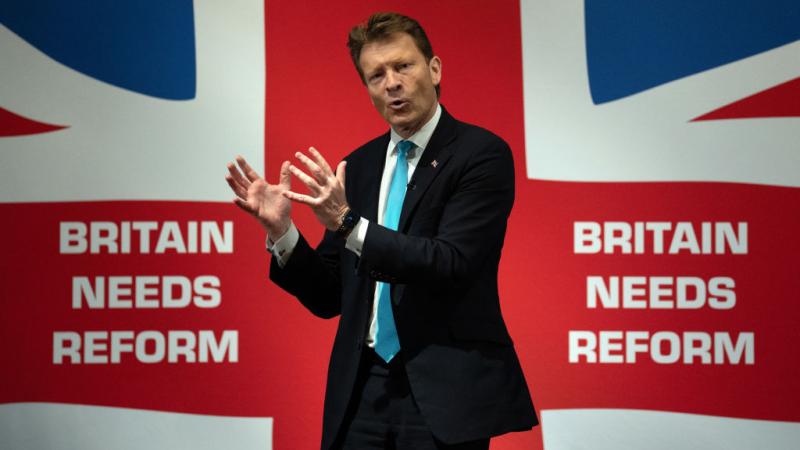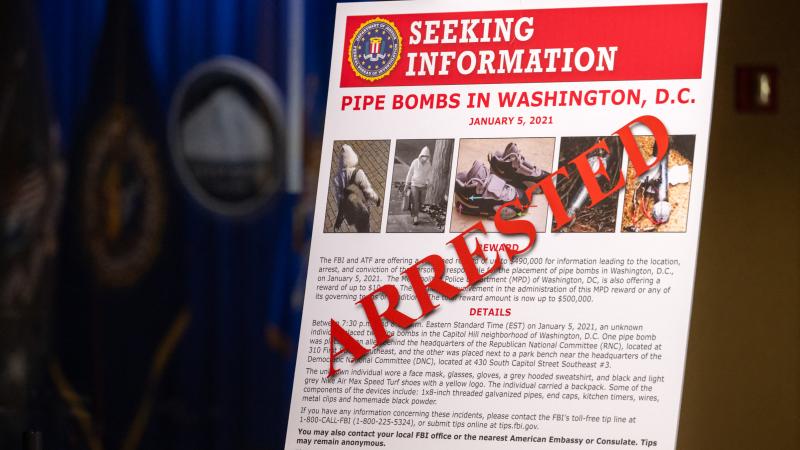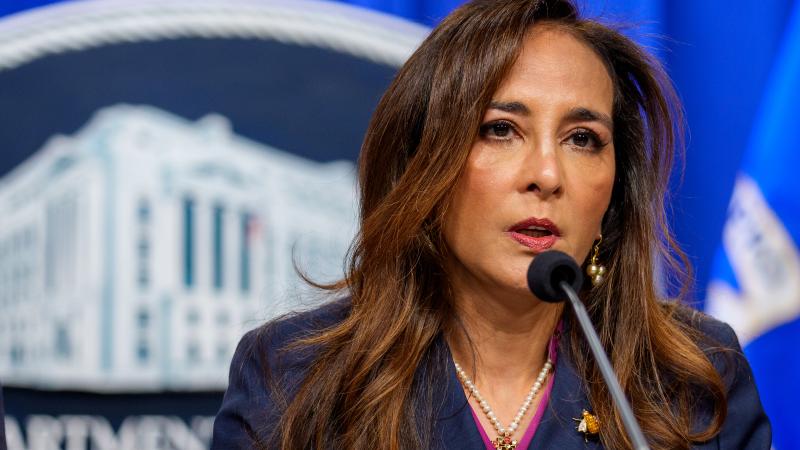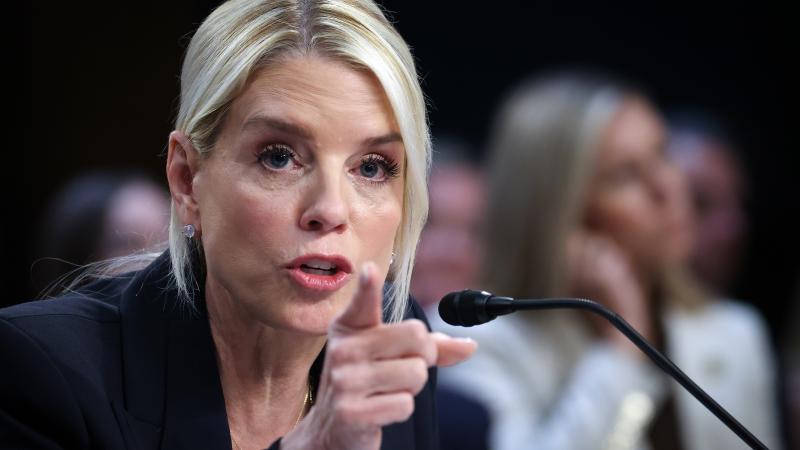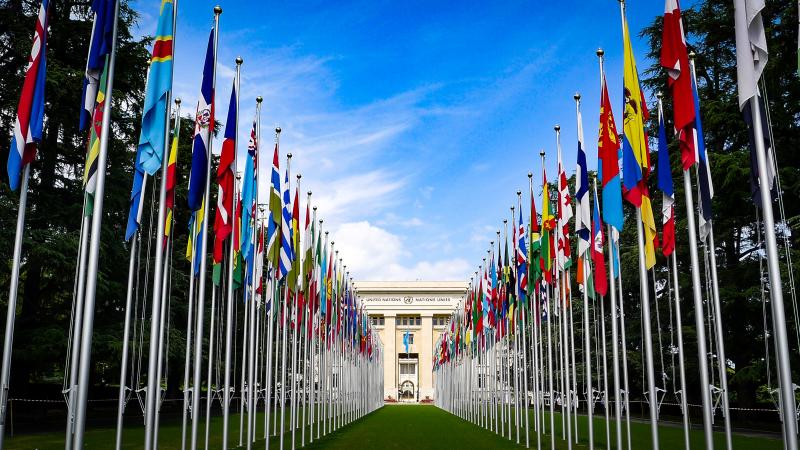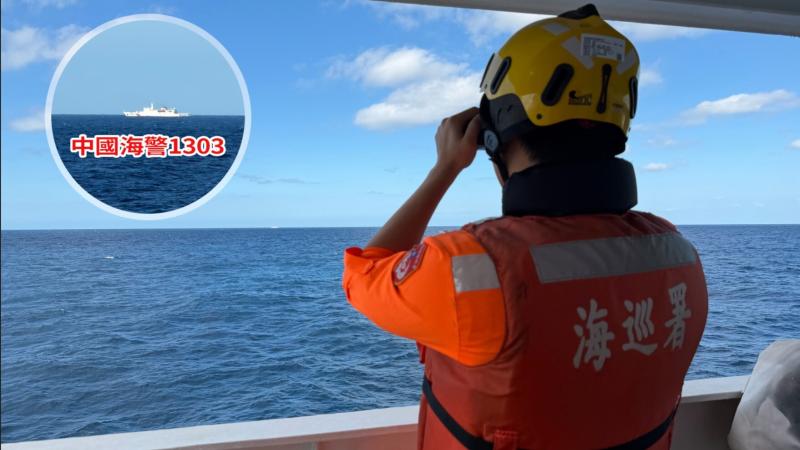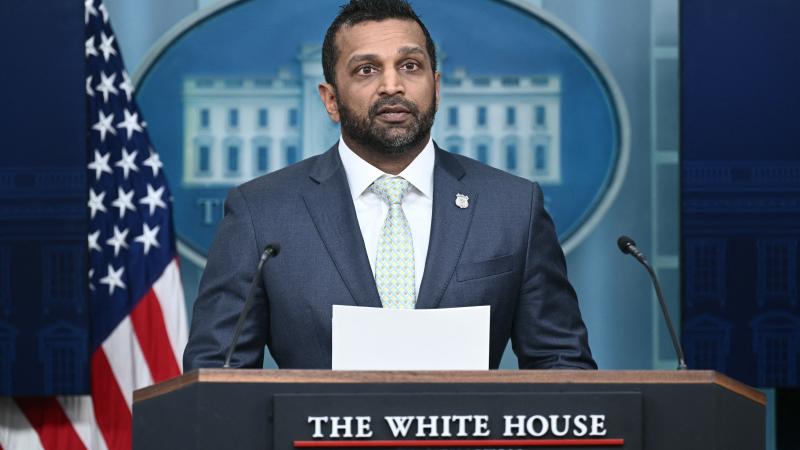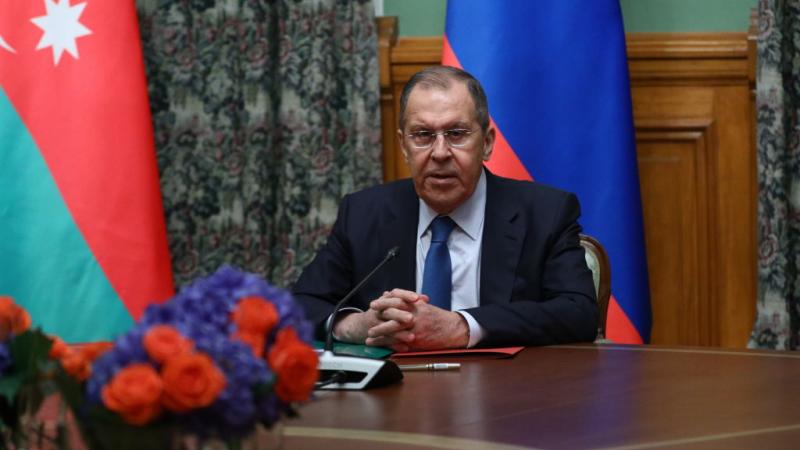Top US virus hunter: Time ‘to stop playing victims’ and go on offense
Dennis Carroll says viruses that can jump to humans need to be identified in animals first, then mitigation strategies developed before a pandemic erupts.
The U.S. biomedical expert entrusted for a decade to build an alarm system for the next pandemic says COVID-19 was detected a year ago in animals but did not trigger the global response needed to protect humanity, providing painful proof the world needs to radically reform the way it fights viruses.
“We need to stop playing victims – stop being reactive and on defense and be on offense and take the fight of global health security to the viruses themselves,” respected virus hunter Dennis Carroll told Just the News.
“We knew a coronavirus was out there a year ago in animals. Now, it is in us. We need to go after them instead of them coming to us,” he said of the viruses jumping from animals to humans.
Carroll is widely credited on both sides of the political aisle for predicting the current pandemic and was entrusted for 15 years with overseeing the U.S. Agency for International Development’s pandemic prediction unit under Presidents George W. Bush and Barack Obama.
In that role, he envisioned and developed the so-called PREDICT project that identified more than 1,000 viruses that could leap from animals to a human species lacking the antibodies and immune systems to fight them.
That program is still operating because the Trump administration extended it to this September. By 2016, though, Carroll had developed a vision larger than PREDICT and in September 2019 as the PREDICT project was coming to the end of its first decade at USAID, Carroll and his colleagues launched the Global Virome Project.
In a wide-ranging interview, Carroll said the global strategy of just preparing to react to the next inevitable pandemic has failed, as has efforts to permanently close wildlife trading markets in places like China that are potential breeding grounds for pandemics.
He now wants to radically change those approaches, creating a database that identifies the emerging viruses in animals that may one day infect humans, developing broad inoculation and treatment strategies for them before an outbreak occurs and lowering the risk from animal trading that won’t stop in some places.
“We need to identify and build a global open portal data base of all unknown viruses out there and also adopt a strategy for low-risk marketing of wildlife where it is not possible to completely shut them down globally,” he said.
Carroll has a Ph.D. in biomedical research with a special focus in tropical infectious diseases and has been active in the global fight against infectious diseases for the last three decades at USAID, the Centers for Disease Control and Cold Spring Harbor Laboratory.
As Director of USAID’s Pandemic Influenza and other Emerging Threats Unit, Carroll was responsible for providing strategic and operational leadership for the agency’s programs that addressed new and emerging disease threats as well as leading USAID’s response to the H5N1 avian influenza and H1N1 swine flu pandemic threats.
His colleagues call him a pro-active visionary with ideas that have transformational leverage.
Carroll’s vision now addresses not only the prevention of viral pandemics but a transformational model of how the biomedical industry responds to virus outbreaks.
“When a pandemic or an epidemic strikes, we come up with one vaccine that addresses one virus. We should be creating vaccines that respond to the viruses’ families,” Carroll explained “But we cannot do that unless we hunt the viruses and identify them in the wild.”
Carroll observed between 2005 and 2007 as scientists and researchers focused on avian viruses, a strategy he found too myopic. By 2009 he believed that the focus needed to be broadened to include wildlife viruses, especially in light of the global population growth in the last century from 1.8 billion to 7.8 billion and the increased demand for livestock and agriculture production that ultimately was encroaching upon the wildlife environment.
“We needed to go way beyond birds – we need to get to the head of the snake figuratively speaking and figure out the footprints and pathways of all viruses as humans expanded into the wild and how the viruses leap to hosts and potentially infect human populations,” he said.
Carroll flagged the rising threat of zoonotic diseases in a 2009 unpublished paper he shared with Just the News, “The convergence of people, animals and the environment has led to a growing consensus among scientific and public health communities that the emergence of new, deadly zoonotic disease threats will increase steadily in the coming decades,” the paper warned.
“...The speed with which these diseases can spread across the increasingly interconnected globe puts a premium on identification and launch of rapid containment and response as early as possible when new diseases emerge,” it added.
Carroll’s objective then and today is “to pre-empt or combat, at their source, the first stages of the emergence of zoonotic diseases that pose a significant threat to public health.” In order to do that, countries would have to identify the pathogens while they are still limited in non-human hosts. That ambition gave rise to USAID’s PREDICT program.
Jonna Mazet, the Global Director of PREDICT and a professor of epidemiology at the University of California-Davis, built a team of nearly 7,000 researchers and scientists collaborating across 30 countries.
The team, an Indiana Jones of virus hunters, bolstered more than 60 laboratories which detected over 1,000 unique viruses, including zoonotic diseases such as Bombali ebolavirus, Zaire ebolavirus, Marburg virus, and severe acute respiratory syndrome (SARS) and Middle East respiratory syndrome (MERS) like coronaviruses.
Mazet told Just the News that she was proud of PREDICT’s accomplishments but “most proud of her colleagues and the positive responses from all countries’ ministries who not only saw the value of their approach, believed in it, and collaborated so effortlessly. All the ministries of health, environment and agriculture got the vision and PREDICT’s impact.”
PREDICT was operational for two-five years cycles at USAID until September 2019 when its contract was extended for an additional six-months and just last week was extended until September 2020. There are conversations on Capitol Hill about extending PREDICT longer.
Carroll, Mazet and their colleagues not only want to continue to investigate and build a portal of data to be shared worldwide but to affect policy that prevents outbreaks.
“What’s needed to prevent a catastrophe like now from ever happening again is to shift our thinking and preparedness to a forward-looking paradigm, coming together to find all the viruses, hosts and risk behaviors that put us into contact. In short, the completely achievable Global Virome Project,” Mazet explained.
According to Carroll, The Virome Project will cost between $1 billion to $3 billion over ten years, a relatively small amount when compared to the $2 trillion coronavirus bailout package Congress just approved. In comparison, PREDICT cost about $20 million annually over ten years, for a total of about $200 million.
Carroll said there are 1.6 million viral specimens yet to be discovered in mammal and bird populations. Of those, experts estimate that 600,000 to 800,000 may have the capacity to jump species – from bats to civets or bats to camels or bats to pangolins – to humans.
“No one wants a repeat. We need to focus on wildlife, transform policy, and find what we do not yet see to understand what may emerge. We need to change behavior and lower pandemics’ risks and prevent the spillover from animal hosts to humans,” he said.
“No one on earth is doing this and our intention is to essentially stop outbreaks before they start.”

